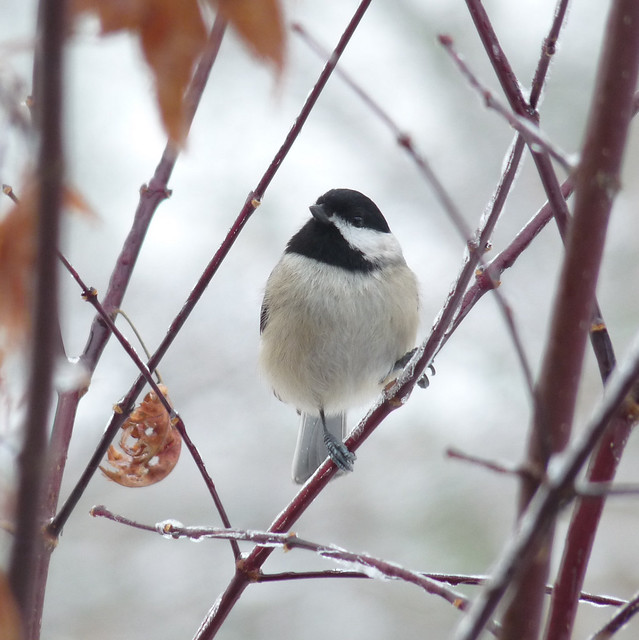Originally published by New American Homesteader in 2015.
Under a bright December sky we gathered to kill the St. Elizabeth House chickens. My friends who built the coop and tended the chickens had moved to Georgia for a new job, and the chickens had mostly quit laying. Now the aging hens strutted and preened one last time in the weak solstice sun, oblivious to their fate.
“Why can’t they just keep feeding the chickens?” my daughter wanted to know.
Because, baby, nobody here can afford pet chickens. It is a house by and for those living on the margins, where the doors are open for community dinners and a room is reserved for someone with nowhere else to sleep. For two years the chickens fed our friends with their eggs, and in return received clean grain and warm grass and a well-built coop. But the humans come first, so now they’ll have to be soup. Better that than to be a racoon’s lunch. My daughter nodded: Her chickens met that fate last fall. She saw the carnage.
So our farmer friend Jamie offered to help slaughter and dress the birds, and I volunteered because—why? I was happy to help. I’d done this before and I have good knives. It was a beautiful day and I enjoyed the company. And something more. Years ago, I needed to prove to myself that I could kill an animal, feeling that if I were going to eat them, I ought to accept my responsibility in the matter. I made my peace with meat. But it’s good to be reminded the cost.



